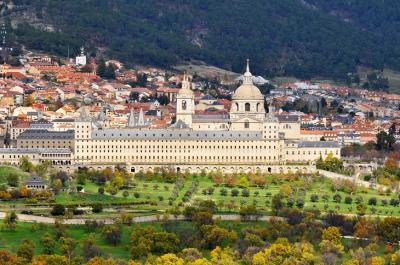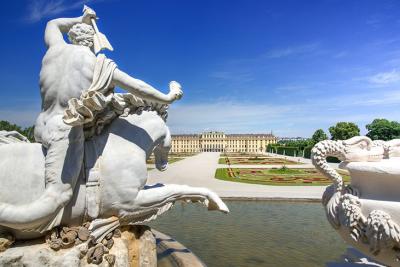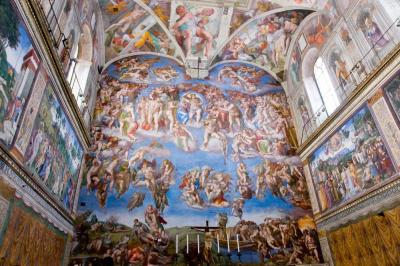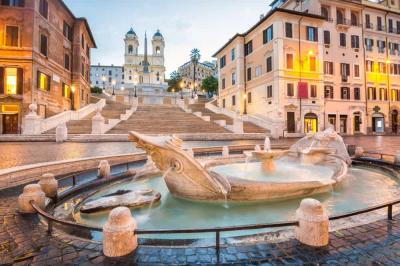76 Results in category Historical places guided tours
Touring historical or cultural sites in urban settings is best done on foot. While short tours last only a few minutes, longer tours can last the whole day of visiting several sites. A tour guide is responsible for escorting the tourists in longer walks. A tour guide isn’t necessary in walking tours. This distinguishes it from longer tours that require guides who are well familiar with the sites being visited. The guide’s purpose is to explain and interpret the historical and cultural background as well as the artistic significance of the tourist sites. These kinds of tours, whether long or short are a universal part of the tourism industry all over the world. In some cities, groups of people are currently using a dramatic aspect to appeal more to the tourists. The actors in the walking tours bring history back to live passing historical knowledge effectively and efficiently.
The walking tours are a specific genre in the tourism industry. These tours take place outside of traditional museum settings and require the audience to move through urban environments. This fact makes this style of walking tour a genre of its own.
San Lorenzo de El Escorial, about 45 kilometers northwest of Madrid, was the summer home of Spain's kings, and in 1563, work was begun here on a huge complex, which would include a monastery, church, royal palace, mausoleum, library, and museum.
The magnificent cathedral of Santiago (St. James) was built to house and honor the relics of the saint, and it has been the goal of pilgrims since the Middle Ages, the culmination of their completing the famed Camino de Santiago.
Located on Vienna's outskirts, the Baroque Schönbrunn Palace was completed in the early 1700s and was later converted into a summer residence by Empress Maria Theresa.
Close
One of only a handful of late fifteenth century structures to survive the test of time, this Gothic-style cathedral is evidence of an impressive history and rich architectural past.
La Giralda tower, Seville Cathedral, and the Alcazar combine to form a UNESCO World Heritage Site. The tower is a minaret, a "masterpiece of Almohad architecture," according to UNESCO.
Part of the Vatican museum complex, the Sistine Chapel is one of the most renowned religious chapels in the world and has a stunning amount of detail and iconography.
Located in the Piazza di Spagna and the Piazza Trinita Dei Monti, the 135 Spanish Steps were constructed in 1725 to span the gap and slope between these two popular squares.
Rome holds a small country within a country – The Vatican.
With its gigantic golden dome coated with over 220 pounds of gold and an impressive red granite portico, St. Isaac’s Cathedral (Isaakievskiy Sobor) looks more like a palace than a cathedral.
The State Hermitage Museum in St. Petersburg is the largest art and cultural museum in the world, with more than 3 million items in its collection—only a fraction of which are on display in its 360 rooms.










